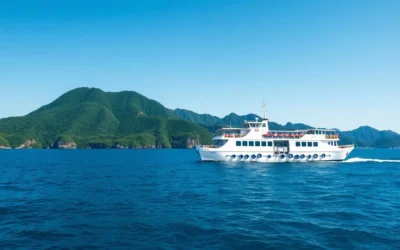✓ Accommodations ✓ Flights ✓ Rental Cars
Planning a trip to Kagoshima Prefecture requires careful consideration of the time of visit to make the most of your travel experience.
Located in the southernmost part of Kyushu, one of Japan‘s main islands, this region boasts a mild climate, palm-lined streets, and the iconic Mount Sakurajima.
You’ll discover that the seasonal variations significantly impact your trip, and understanding the local climate patterns is crucial for an optimal experience.
As you prepare for your trip, you’ll learn about the unique geographical features and how weather conditions affect your ability to enjoy the attractions, ensuring you’re well-informed about the time to visit for the best travel japan experience.
Discovering Kagoshima Prefecture: Japan’s Southern Gem
As you explore Kagoshima Prefecture, you’ll uncover the rich tapestry of Japan’s southernmost gem. Located on the island of Kyushu, Kagoshima is a region that boasts a unique blend of natural beauty, historical significance, and cultural heritage.
Geographical Location and Climate Overview
Kagoshima Prefecture is situated in the southern part of Kyushu, Japan’s third-largest island. The region is characterized by its volcanic landscape, with the iconic Mount Sakurajima being a prominent feature. The climate in Kagoshima is generally mild, with warm summers and mild winters, making it an attractive destination for tourists throughout the year. The geographical location and climate have played a significant role in shaping the region’s cultural identity and tradition.
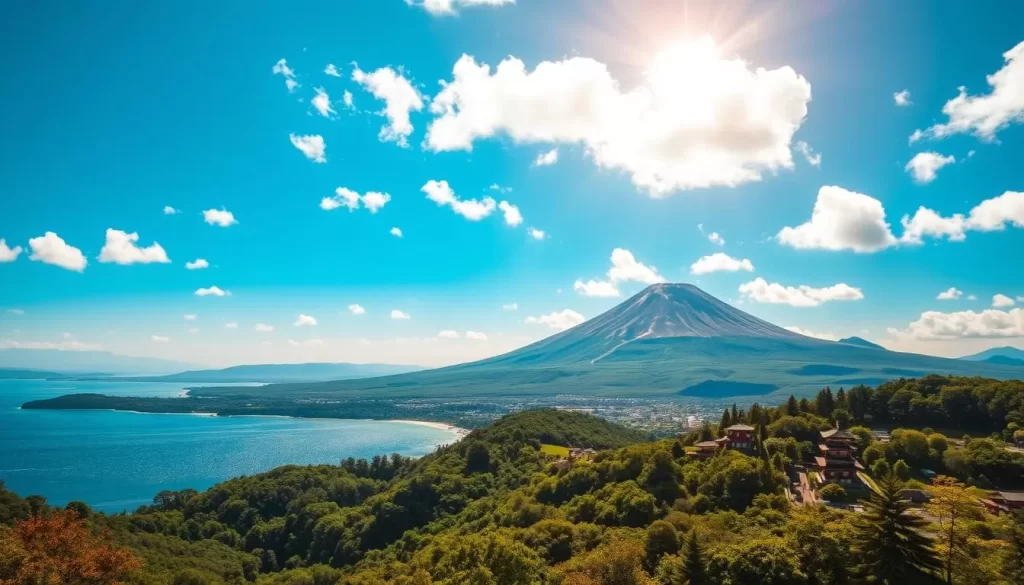
Historical Significance and Cultural Heritage
Kagoshima has deep historical roots, particularly related to the powerful Shimazu clan who ruled for nearly 700 years. The region played a pivotal role in Japan’s modernization during the Meiji Restoration. This rich history has left behind numerous cultural and historical sites throughout the prefecture, including UNESCO World Heritage sites. The area’s heritage continues to influence local festivals and cultural experiences, offering visitors a glimpse into Japan’s rich cultural past.
The historical significance of Kagoshima is evident in its well-preserved traditions and cultural practices. Visitors can experience the region’s unique cultural identity through its traditional crafts, cuisine, and local festivals. The blend of historical significance and cultural heritage makes Kagoshima a fascinating destination for those interested in exploring Japan’s southern gem.
Kagoshima Prefecture, Japan: Best Months for a Weather-Savvy Trip
When planning your trip to Kagoshima Prefecture, understanding the seasonal weather patterns can greatly enhance your travel experience. Kagoshima’s climate is characterized by distinct seasons, each offering unique advantages and challenges for travelers.
Spring (March-May): Cherry Blossoms and Mild Weather
Spring is a delightful time to visit Kagoshima, with mild temperatures and the breathtaking beauty of cherry blossoms. The average high temperature during spring ranges from 18°C to 23°C (64°F to 73°F), making it ideal for outdoor activities such as hiking and sightseeing. The cherry blossoms typically bloom in late March to early April, attracting visitors from all over the world.
Autumn (September-November): Foliage and Comfortable Temperatures
Autumn in Kagoshima is another pleasant season, with comfortable temperatures and stunning foliage. The average high temperature during autumn ranges from 20°C to 25°C (68°F to 77°F). The autumn foliage, or koyo, is a major attraction, with many scenic spots offering breathtaking views.
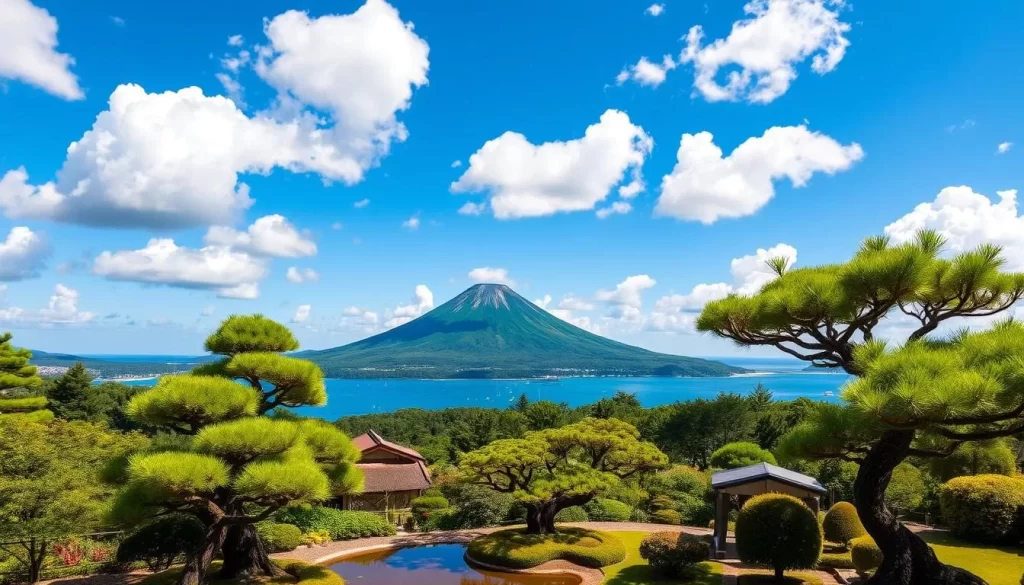
Avoiding Typhoon and Rainy Seasons
It’s crucial to be aware of Kagoshima’s typhoon and rainy seasons when planning your trip. The rainy season typically lasts from early June to mid-July, bringing persistent rain that can disrupt travel plans. Typhoons are most common from July to October, especially in August and September. For safety and to make the most of your trip, consider avoiding these periods. Here are some travel tips to keep in mind:
| Season | Weather Conditions | Travel Tips |
|---|---|---|
| Rainy Season (June-July) | Frequent rain, potential flooding | Pack waterproof gear, monitor weather forecasts |
| Typhoon Season (July-October) | Strong winds, heavy rain | Stay informed about typhoon warnings, have a backup plan |
| Spring/Autumn | Mild temperatures, pleasant weather | Enjoy outdoor activities, sightseeing |
By understanding Kagoshima’s Japan weather patterns and planning your trip accordingly, you can have a more enjoyable and stress-free travel experience.
Seasonal Attractions and Experiences in Kagoshima
From the majestic Mount Sakurajima to the serene natural wonders, Kagoshima’s seasonal attractions are a treat for the senses. As you travel to Japan, you’ll discover a diverse range of experiences that cater to all kinds of travelers.
Mount Sakurajima: When to See the Iconic Volcano
Mount Sakurajima is one of Kagoshima’s most iconic landmarks, and visiting it can be a memorable experience. To make the most of your trip, consider the time of year and how it affects the volcano’s accessibility and surrounding landscape.
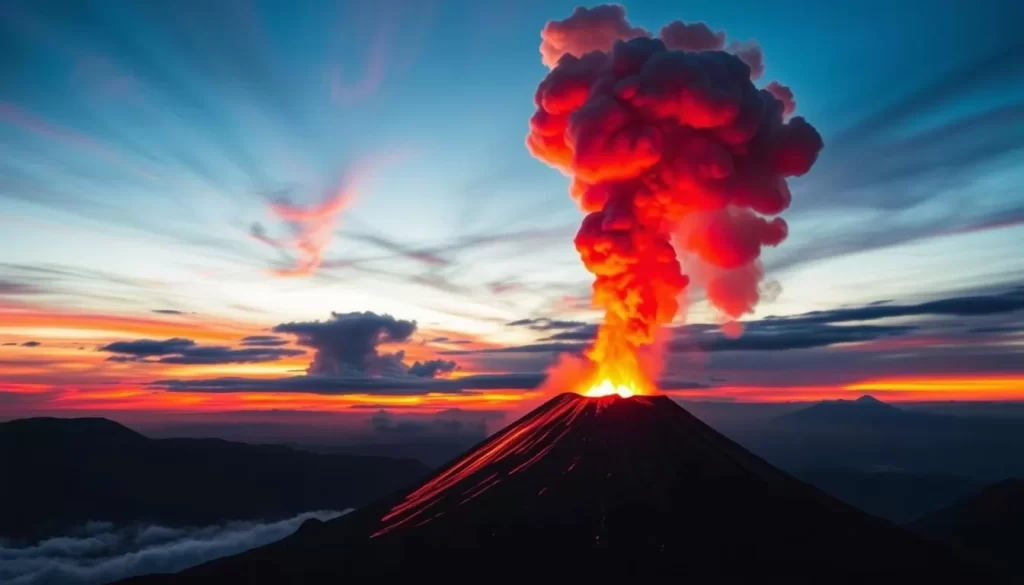
Seasonal Festivals and Cultural Events
Kagoshima is known for its vibrant cultural events and festivals, which take place throughout the year. In the spring, you can enjoy the Cherry Blossom Festival, while summer brings the Kagoshima Ohori Festival, showcasing traditional dances and music.
These events offer a unique glimpse into the local culture and are a great way to experience the community’s spirit.
Natural Wonders and Outdoor Activities by Season
Kagoshima offers a wide range of outdoor activities that vary by season. In the spring and summer, you can enjoy hiking in Kirishima National Park, island hopping to destinations like Yakushima, or relaxing in Ibusuki’s famous sand baths.
As you engage in these outdoor activities, you’ll be surrounded by Kagoshima’s beautiful nature, from lush greenery to volcanic landscapes.
Planning Around Weather Challenges
To make the most of your visit to Kagoshima, it’s essential to plan around the weather challenges that the region faces throughout the year. Understanding the local weather conditions will help you make the most of your time visit and enjoy the various attractions without any unexpected disruptions.
Navigating the Rainy Season (June-July)
The rainy season in Kagoshima can be challenging, but with the right travel tips, you can still have a great experience. It’s advisable to pack waterproof gear and plan indoor activities for this period. Enjoying Japan luxury experiences like high-end ryokans with indoor pools can be a great way to spend your time during the rainy season.
Typhoon Season Considerations (August-September)
Typhoons can occur in Kagoshima from August to September. Staying informed about the weather forecast is crucial during this time. Consider visiting indoor attractions or enjoying the local hot springs, which are particularly enjoyable during the cooler typhoon weather.
Winter Travel in Kagoshima (December-February)
Kagoshima’s winter is milder compared to other parts of Japan, making it a great time to visit for those who prefer cooler weather. You can enjoy the japan luxury experience by staying in high-end accommodations and enjoying the local cuisine. The clear skies during winter offer great views of Mount Sakurajima, making it an ideal time for photography enthusiasts.
| Season | Weather Conditions | Recommended Activities |
|---|---|---|
| Rainy Season (June-July) | Frequent rain | Indoor activities, visit museums, enjoy luxury ryokans |
| Typhoon Season (August-September) | Potential typhoons | Stay updated with weather forecasts, enjoy indoor attractions, hot springs |
| Winter (December-February) | Mild temperatures | Photography, enjoy hot springs, luxury accommodations |
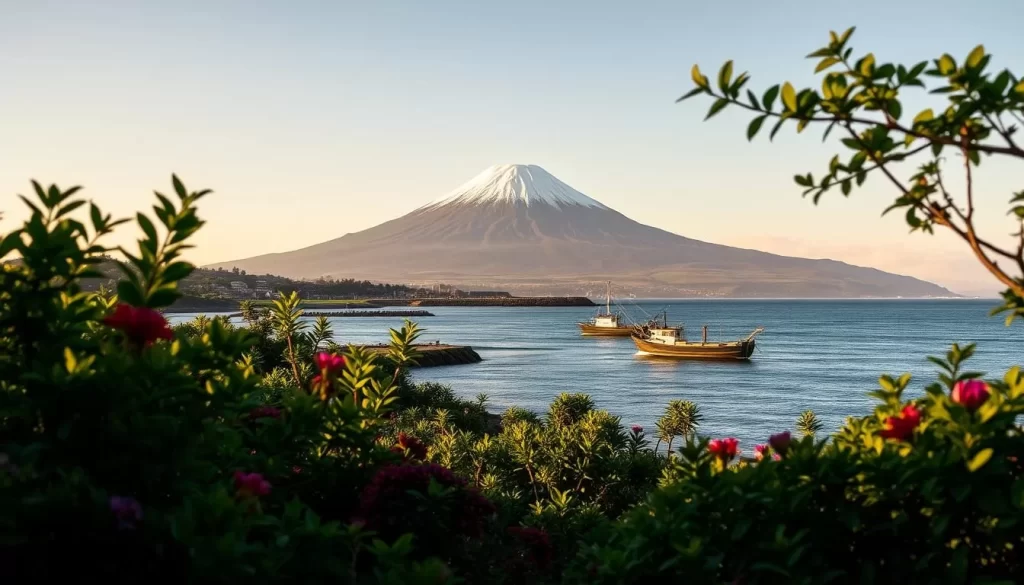
Must-Visit Destinations in Kagoshima Throughout the Year
From historical gardens to volcanic landscapes and beautiful coastlines, Kagoshima offers a wide range of experiences for travelers. Whether you’re interested in history, nature, or culture, Kagoshima has something to offer throughout the year.
Sengan-en Garden and Historical Sites
Sengan-en Garden is a tranquil oasis in Kagoshima, featuring beautiful landscapes and historical significance. This garden, along with nearby historical sites, provides a glimpse into the region’s rich past. Visitors can explore the garden’s serene environments and learn about its historical context.
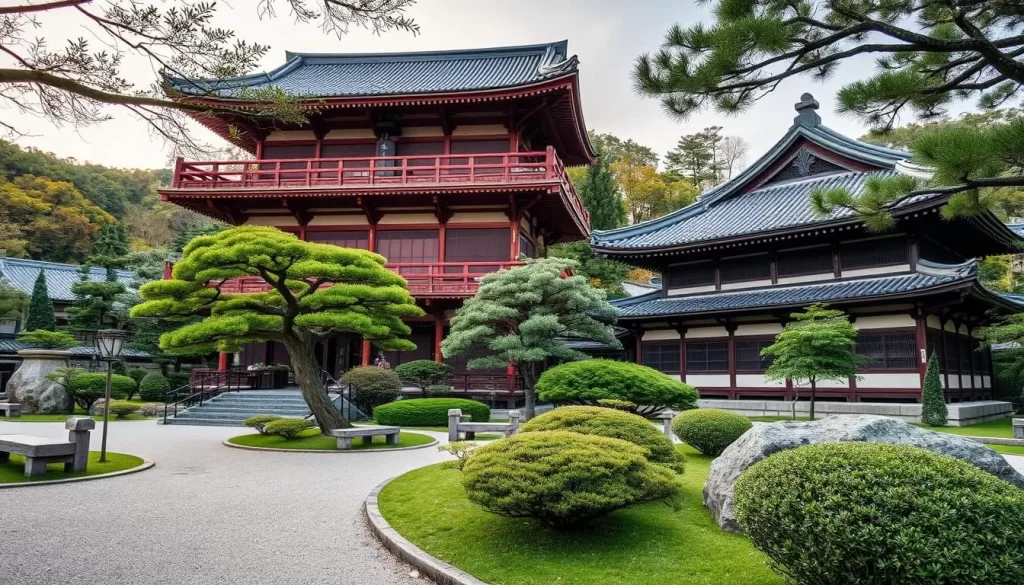
Kirishima National Park and Hiking Trails
Kirishima National Park is a haven for outdoor enthusiasts, offering numerous hiking trails that cater to different skill levels. The park’s diverse landscapes, including volcanic mountains and lush forests, make it an ideal destination for nature lovers and adventure seekers. As you hike through the park, you’ll experience the unique flora and fauna of the region.
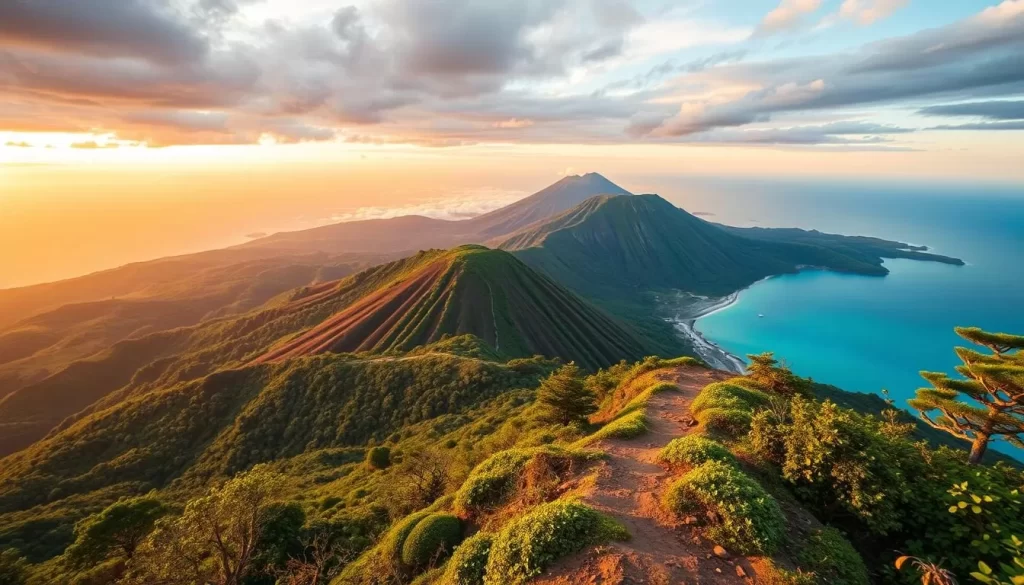
Island Hopping and Coastal Attractions
Kagoshima serves as a gateway to several beautiful islands, including Yakushima, known for its ancient cedar forests, and Tanegashima, with its fascinating space center. Island hopping is a popular activity, with ferry services connecting the mainland to these island gems. You can enjoy pristine beaches, unique wildlife, and distinct cultural experiences on each island.
As you plan your travel japan itinerary, consider incorporating these island adventures, which offer a mix of japan luxury and authentic cultural experiences. Guided tour options are available for those looking to explore the region’s diverse coastal attractions and island treasures.
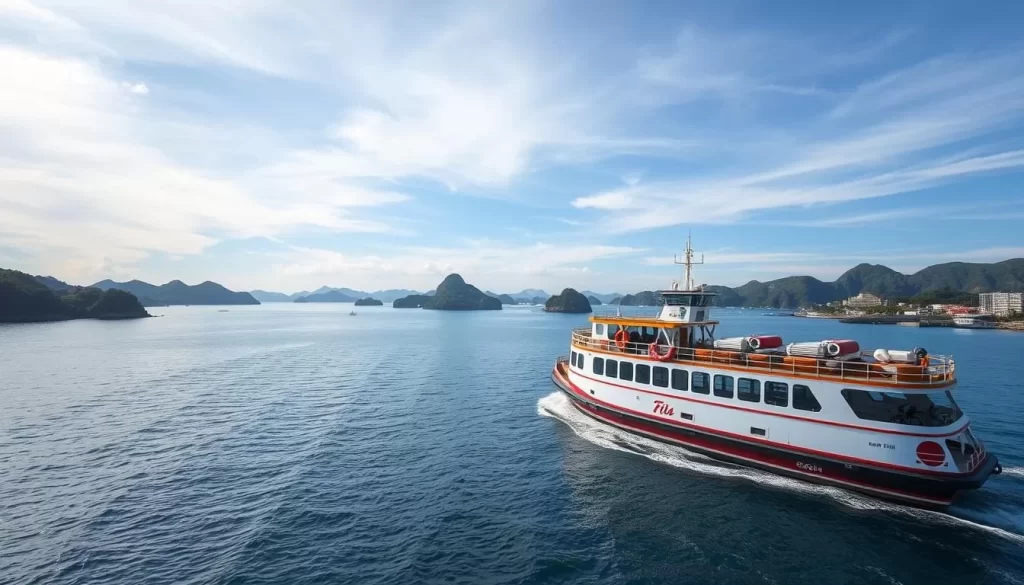
Practical Travel Tips for Your Kagoshima Adventure
As you prepare for your Kagoshima adventure, consider these practical tips to make your trip unforgettable. From accommodation and transportation to packing essentials, being well-prepared will enhance your experience.
Accommodation and Transportation Recommendations
For a comfortable stay, consider booking hotels in Kagoshima city or near major attractions. Some top-rated hotels offer stunning views of Sakurajima.
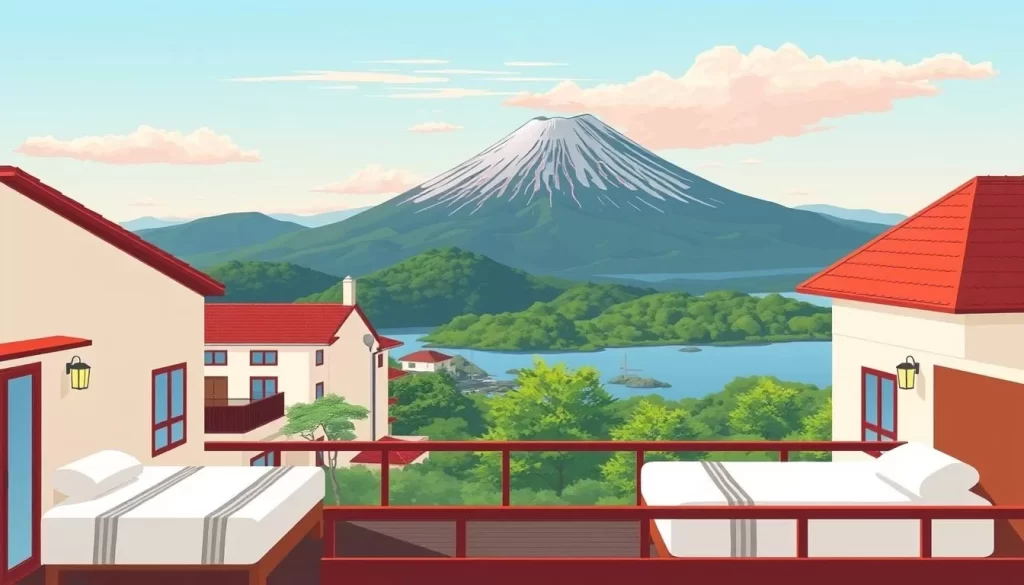
For transportation, renting a car provides flexibility, while public buses and trains offer convenient access to many areas.
Packing Essentials for Different Seasons
Kagoshima’s climate varies significantly across seasons, so packing accordingly is crucial. For spring and autumn, layers are recommended due to temperature variations. Summer calls for light, breathable clothing, while winter requires warm clothing, though it’s milder than in northern Japan.
Don’t forget essentials like waterproof gear for the rainy season and dust masks for visits to Sakurajima during ash fall.
You’ll also want to pack camera equipment and comfortable footwear for exploring seasonal highlights like cherry blossoms or autumn leaves.
Conclusion
Planning a trip to Kagoshima requires considering the best time to visit, ensuring you make the most of your travel experiences. With its unique blend of natural beauty, historical significance, and cultural heritage, Kagoshima offers a diverse range of activities and sights, from cherry blossoms in spring to autumn foliage and winter hot springs.
By understanding the seasonal highlights and potential weather challenges, you can tailor your trip to suit your preferences. Whether you’re looking for a luxury Japan experience or an adventure amidst nature, Kagoshima has something to offer. With proper planning, you’ll be able to enjoy the best of what this southern Japanese gem has to offer.
The above is subject to change.
Check back often to TRAVEL.COM for the latest travel tips and deals.






